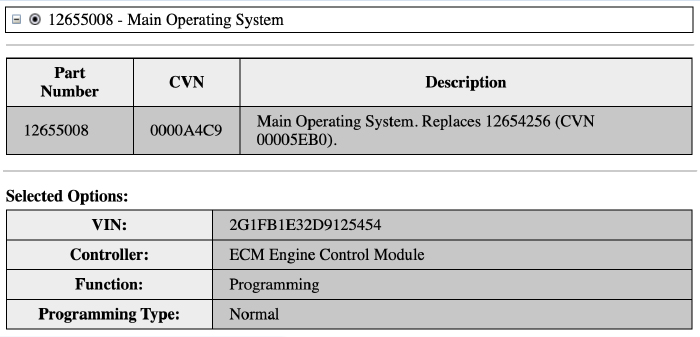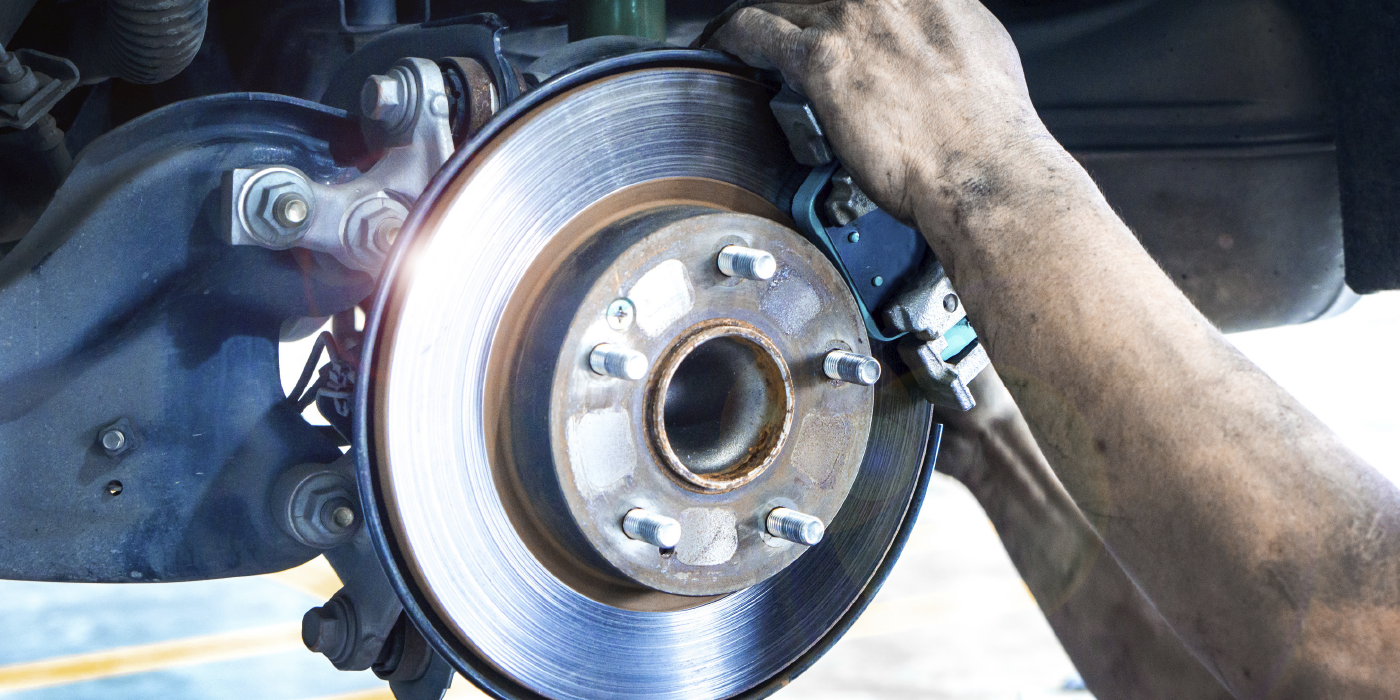In this article, we will focus on reflashing engine control modules and powertrain control modules. The process for checking the calibration for emissions-related modules tends to be more uniform and standardized than ABS and other modules.
Scan Tools and Mode $09
The first step in the process is getting into the world of Mode $09. Mode $09 is the information mode of OBDII. The modes were standardized by the Society of Automotive Engineers (SAE) in the early 1990s.
You deal with Mode $09 every day if you have a scan tool that can auto-identify a vehicle by pulling the vehicle identification number (VIN) through the OBDII port.
No matter if it is a PC or tablet-based scan tool, you should be able to retrieve Mode $09 data though it probably won’t be called that. Some scan tools might call it by different names. The information should be accessible using the generic OBDII functions or using vehicle-specific software. When you find the data, you will have three numbers you need to look for. The first is the VIN. Make sure the VIN corresponds with the vehicle you are working on. It is possible to have a VIN mismatch on some older vehicles. Remember, the correct VIN is required to access the latest calibration.
The next number is the Module Calibration Number or CALID. This information is typically the calibration number corresponding to the OEM’s part number and the number you will use to compare to the latest firmware. You will also need the VIN for the OE reprogramming website.
On the screen with the CALID will be the calibration verification number or CVN. This number is a way to verify if the calibration is correct by performing a “checksum” of the calibration on the module. According to some OEMs, if some parameters like fuel and spark maps are changed, the CVN will change. Often OEMs will use this to verify their code is unaltered.
Deciphering the CALID number requires a little more skill and research. You will need access to the OEM’s repair information website to check the CALID. Some OEMs like GM make the information available without having to create an account. Some OEMs like Chrysler will keep the data behind a login.
Sometimes it is possible to find calibration numbers in a technical service bulletin (TSB). But remember that TSBs are often updated, and your copy might be superseded. Also, if the vehicle does not have the same problem described in the TSB, reflashing or reprogramming might not be necessary. For some vehicles, you might have to dig deeper to determine if the update will work by looking at things like “sale codes” for Chrysler or RPO codes for GM.















